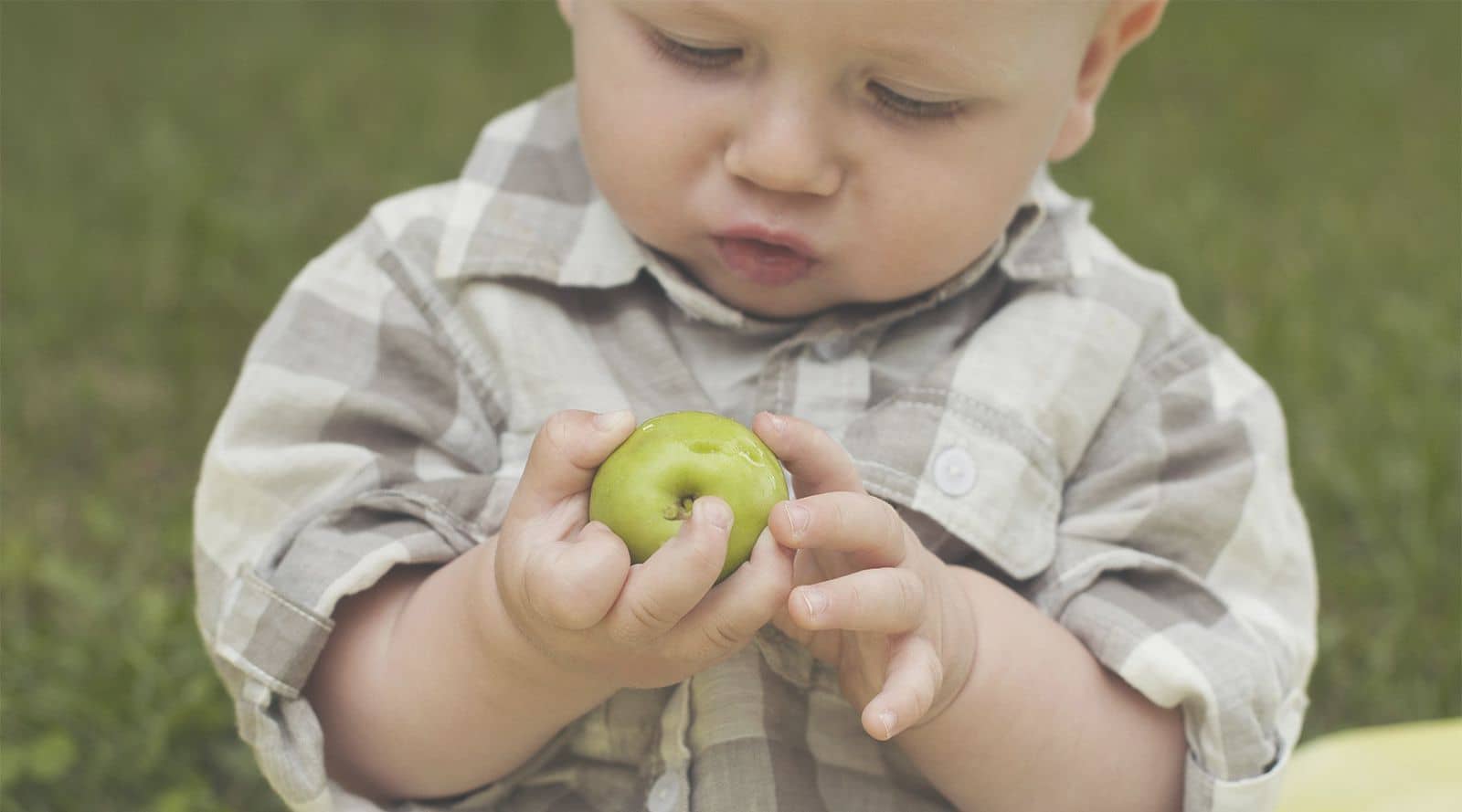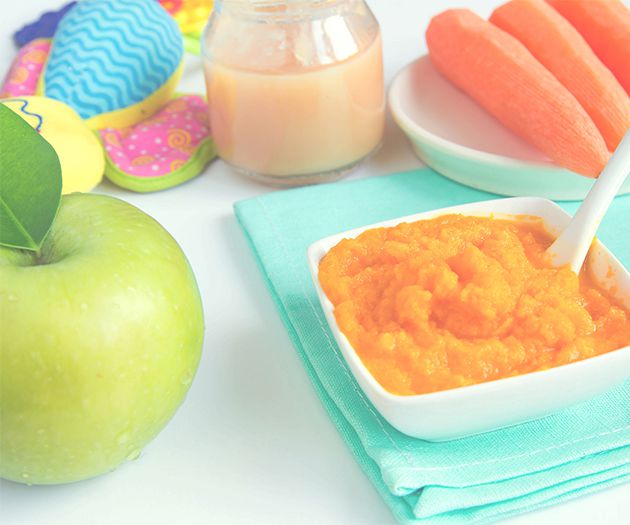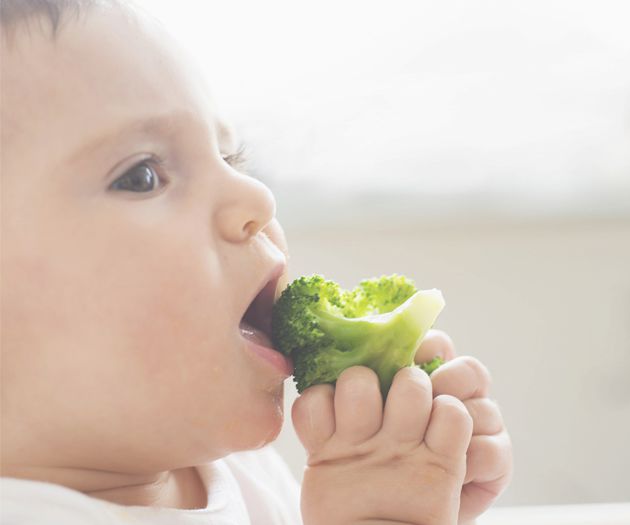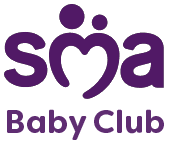At a glance
Sharing mealtimes will encourage your baby’s interest in different stage 3 food and teach them social skills
By this point your baby should be drinking out of free-flow (non-valved) cups
Remember that you shouldn’t be adding sugar or salt to meals
If your baby seems hungry between meals, offer a drink before offering a snack
Dear baby, you are cordially invited to dinner
Coming up to stage 3 of weaning, your baby should be eating a variety of foods with varying tastes and textures. Inviting them to the table so they can join in with family mealtimes, is a great way to continue expanding their tastes and building their social skills.
Eating together will get your little one interested in what you’re eating and wanting to try it too. However, just as you reach the point where your little one is happily tucking into most things you offer, they might just go and learn how to say no. Or more specifically, “NO!”. Testing times. It’s more to do with asserting their independence, rather than food, so try and ignore the ‘no’ moments and heap praise on them when they eat well.
Try to have a few ground rules to stop family feasts turning into food fights (though inevitably the odd bread roll or baby spoon will be flung across the table now and again).
- Give your debuting diner the same food as the rest of the family (remember not to add any salt).
- Keep baby’s portions small as they might find a heaped plate overwhelming. You can always double-check using this handy visual portion guide for 12 months and up.
- Ignore fussiness and refusals.
- Praise good eating.
- Avoid focusing all your attention on them (it is a family meal after all).
- Try not to use food as a reward (it may encourage inappropriate eating habits).
- Avoid offering your baby snacks as an alternative to the family meal.
On the subject of snacks, if your baby is under one, they won’t need snacks yet and their meals and milk should cover their hunger. Once they turn one they will be ready for two snacks, with one mid-morning and one in the afternoon, perhaps after their nap (if you should be so lucky).
Expanding the menu
As well as all the foods discussed in stage two weaning, from around 12 months you can throw wholegrains into the mix too. They’re a great source of fibre and usually contain a high amount of nutrients.
Remember that salty and sugary foods should still be avoided, and you shouldn’t be adding salt or sugar to baby’s food or drinks either. Other foods that are still firmly off the menu for stage 3 weaning are:
- Raw shellfish (risk of food poisoning).
- Shark, swordfish and marlin (contain high levels of mercury).
- Foods high in saturated fat.
- Low-fat foods (toddlers need full-fat foods to support growth).
Role of milk
Now that your little one is eating three balanced meals a day, and some healthy snacks in between, the amount of milk they drink will be reduced.
You should avoid giving cows' milk as a drink before their first birthday. SMA® Follow-on Milk, suitable from six months onwards, is designed to complement the weaning diet.
Once your baby reaches 12 months or older, their milk consumption should again reduce to around 400 ml a day. They can now have full-fat cows' milk as a drink. We recommend SMA® Toddler Milk as it is fortified with key nutrients such as iron and vitamin D.
You’ve grown a one-year old. Nice work!
It was only 12 months ago you were getting to grips with feeding a newborn and look at you now! You’ve navigated several weaning stages and taught your mini human to enjoy most foods, mainly by eating them (though they occasionally will treat mash like playdough and spaghetti like hair extensions).
We'd love to hear about your weaning experience, spaghetti hair and all, so do get in touch with the SMA Careline® and share your feedback.
IMPORTANT NOTICE:
We believe that breastfeeding is the ideal nutritional start for babies and we fully support the World Health Organization’s recommendation of exclusive breastfeeding for the first six months of life followed by the introduction of adequate nutritious complementary foods along with continued breastfeeding up to two years of age. We also recognise that breastfeeding is not always an option for parents. We recommend that you speak to your healthcare professional about how to feed your baby and seek advice on when to introduce complementary feeding. If you choose not to breastfeed, please remember that such a decision can be difficult to reverse and has social and financial implications. Introducing partial bottle-feeding will reduce the supply of breast milk. SMA® Follow-on Milk is only suitable for babies over 6 months as part of a mixed diet. It should not be used as a substitute for breast milk during the first 6 months. The decision to start weaning or to use this product before 6 months, should be made only on the advice of a doctor, midwife, health visitor, public health nurse, dietitian or pharmacist, based on baby’s individual needs. SMA® Growing Up Milk is suitable for young children from 1-3 years, as part of a healthy balanced diet and it is not a breast milk substitute. We recommend that you speak to your healthcare professional about how to feed your baby and seek advice on when to introduce this product.








